Have you ever wondered how your food truly reaches your table? I recently had the opportunity to go on a farm to table experience with the Kansas Farm Bureau and the Kansas Soybean Commission, and it was such a great opportunity to truly understand where and how our food goes from farms to the grocery stores, then to our table.
This post is sponsored by the Kansas Farm Bureau and Kansas Soybean Commission. All opinions are my own.
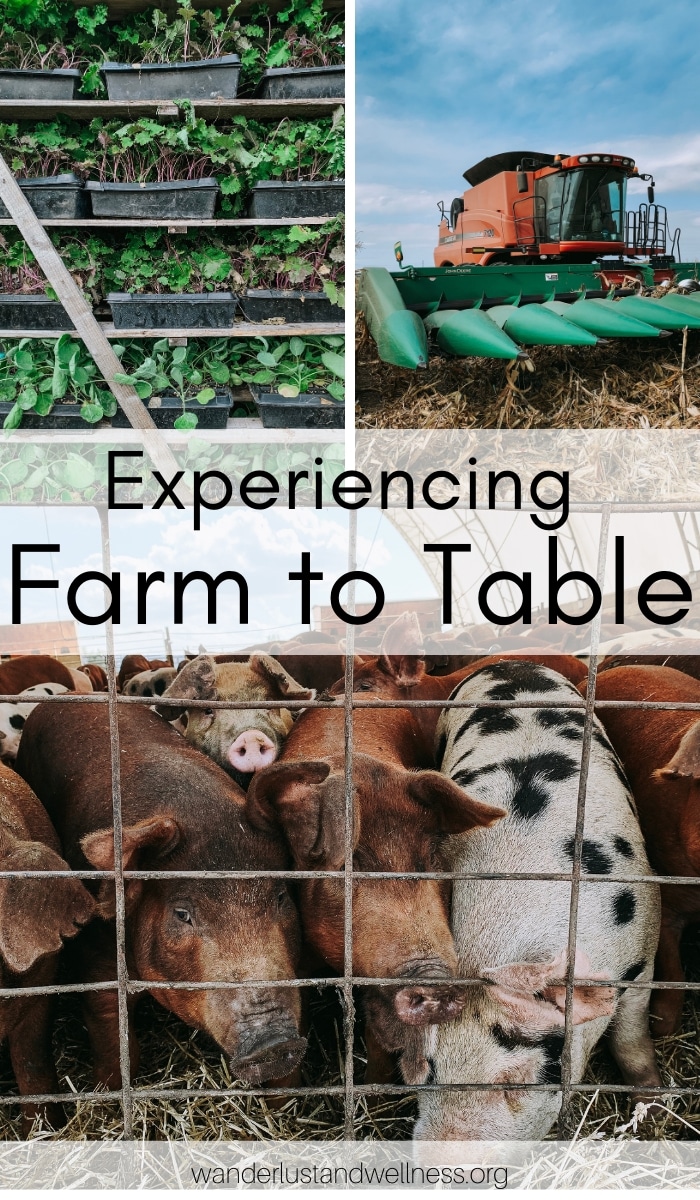
Right now, farming and food sourcing is a topic that’s just about as hot as religion or politics. But, like with anything, I truly believe that knowledge is power and if you really want to understand the farming industry and how it not only supports our economy, but also how our food safely goes from farm, to grocery store, to our tables, you need to spend time at the source – the farms!
I joined the Kansas Farm Bureau and the Kansas Soybean Commission on a three-day farm food tour across the state of Kansas. We visited everything from a vegetable farm to a dairy farm and even a fiber farm. We asked all of the tough questions surrounding food safety and quality to animal care and environmental concerns. No questions were off the table. And the farmers were gracious and open to all of our questions. At the end of the day, farmers truly care about everything we care about – animal safety and care, quality products, environmental impact.
At the heart of vegetable farming
Farm to table normally references food that is sourced directly from local farmers to the consumer, bypassing the grocery store. However, in this case, we’re talking about the process of food from the farmer to the consumer, which may include the grocery store during that path. With that being said, Juniper Hill Farms in Lawrence, KS is a small first-generation farm where they grow seasonal produce such as spinach, brussel sprouts, kale, peppers, squash, and more. Juniper Hill Farms sells its products to small, local grocery chains and also provides vegetables to a local school district.
They grew both conventional and organic produce, so there was much conversation around understanding what the differences were between conventional and organic produce. This is where some consumers may have misinformation, so it’s important as a consumer to understand what it means when you’re buying “organic” vs. conventional. The truth is, both crops are treated; the difference lies in how and what they’re treated with.
Why does this matter to me?
This made me really stop to think about where the produce is coming from when I’m purchasing fresh vegetables for recipes like brussel sprouts for my Honey Caramelized Brussel Sprouts, or acorn squash for my Stuffed Acorn Squash, spaghetti squash for my Buffalo Chicken Spaghetti Squash and even fresh beets for my Chocolate Beetroot Cupcakes with Raspberry Buttercream. I trust the farms that are supplying these vegetables, and I also trust that those farmers are working countless hours to supply us with a variety of fresh produce – this is the farm to table partnership we all experience daily.
Farming doesn’t just mean food
Farms not only produce food, they can also provide textiles like fiber for material goods. We visited the Rowantree Fiber Farm which is a Pygora goat farm. Here they raise Pygora goats and sheep for their fiber. Fun fact – the US Army is going back to 100% wool uniforms because it’s breathable and naturally fire resistant. Because of this, they’ll be contracting with only US-based fiber mills.
Crops provide more than just food
We also visited several farms that produced crops and commodity crops. Commodity crops are any crops that are traded. Wheat, corn, and soybeans are a few of the top commodity crops grown in Kansas. The corn produced at many of these farms is used for ethanol, which fuels many of our cars, and soybeans are used to feed livestock like pigs and also used within biodiesel products.
Some farms do, however, grow crops that are consumed by consumers like you and I. For example, the Baldwin farm in Kansas also grew sorghum wheat, which is used in many gluten-free products.
Farmers truly care about their livestock
If there’s one thing I know for sure, it’s that farmers truly care about the livestock they raise. They understand their value to the ecosystem and to the food chain. Many raise their livestock from the start to the end of their life cycle and care for them dearly throughout that process because again, they understand their importance and their role in the food chain.
Pork
We visited a heritage hog farm where they raised Durocs and Gloucestershire Old Spots. They work to ensure they provide a quality product for you and me, where we can, in turn, create delicious pork recipes like Stuffed Pork Tenderloin with Cherry Port Sauce or Spicy Apple Chutney Pork Chops.
Cattle
This was my second visit to a cattle feedlot, where many ranchers that qualify and partner with Certified Angus Beef® brand, (which you’ll see in many of my beef recipes) take their cattle near the end of their life cycle. We learned about how cattle are taken care of at feedlots, discussed much of the misinformation that’s out there around cattle feedlots, and also talked about everything from their nutrition, to antibiotics, to how they’re cared for in the feedlot.
Dairy
We also visited a dairy farm where we learned about the breed of cattle used for dairy farming. Interesting fact – most dairy cattle have a large, bonier build than say beef cattle. This causes a lot of the misconception that dairy cows are undernourished. This breed is, in fact, just bonier in appearance. We also learned about why newborn cows are separated from their mothers (which is an important part of the process), but are still given mother’s milk and cared for very carefully by the farmers. We also learned about antibiotics, hormones, and the safety and quality of the milk as it goes from cow to factory to our grocery shelves.
A farm to table experience
This farm food tour was such a great experience. If you’re ever curious about how food and other products make it from farm to the grocery shelves to our tables, I urge you to reach out to your local farmers and start a conversation. Or, if you have any questions, I’d be happy to try to answer or find the answer for you.

Jennifer is the recipe developer and food photographer behind Wanderlust and Wellness since 2016. She creates easy, approachable gluten-free recipes for the everyday home cook; because cooking gluten-free doesn’t mean food has to be complicated or tasteless.

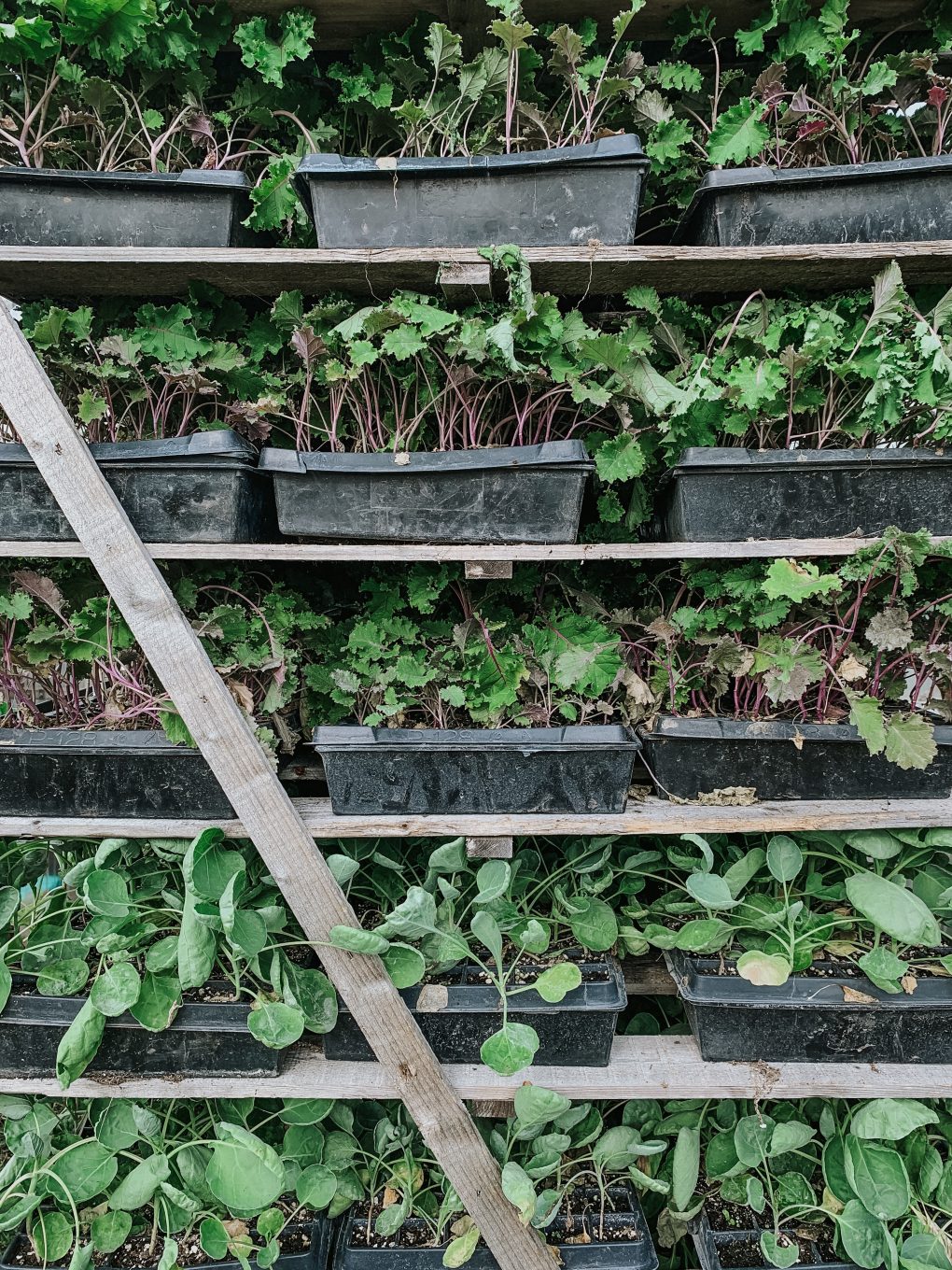
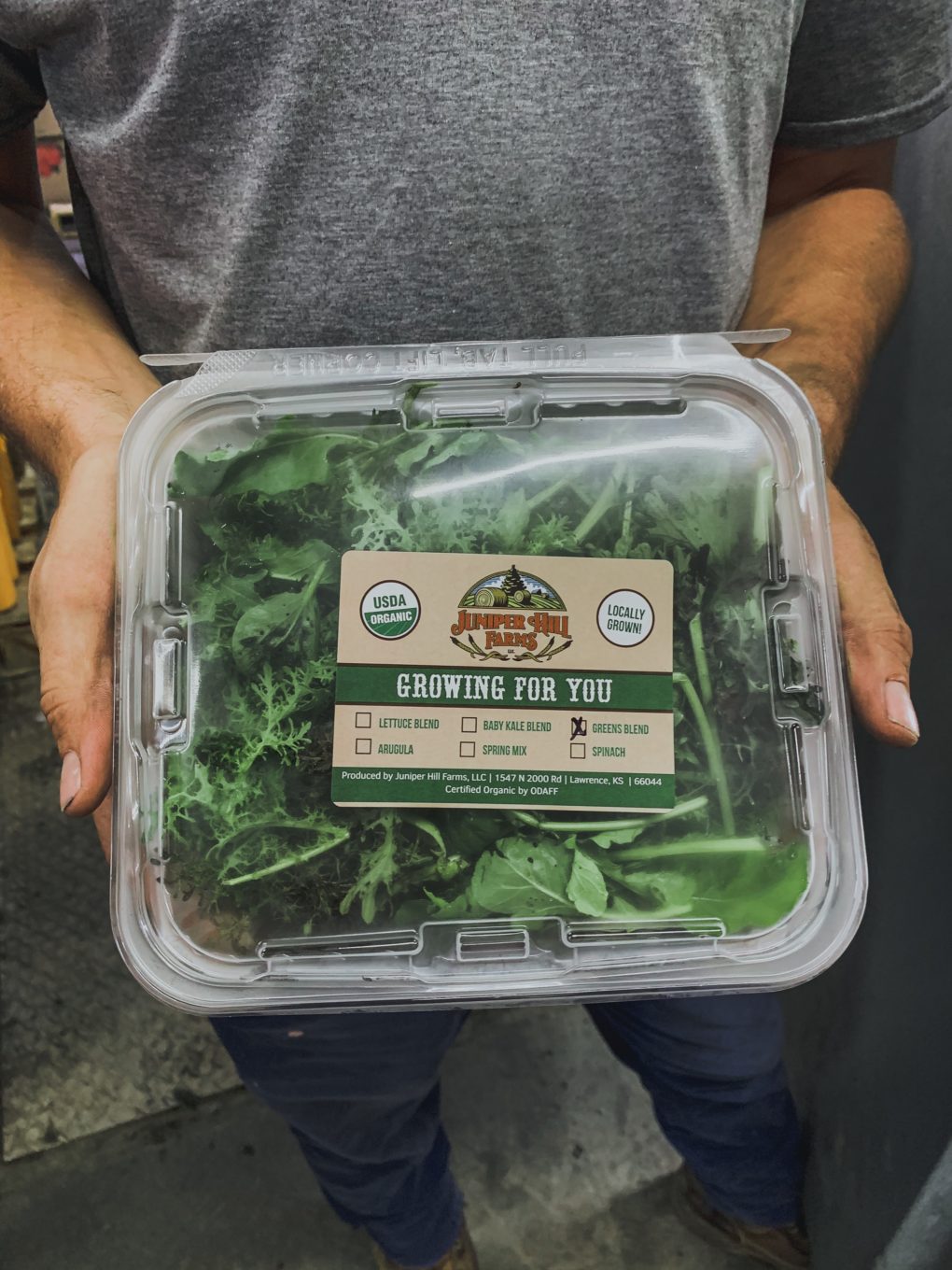
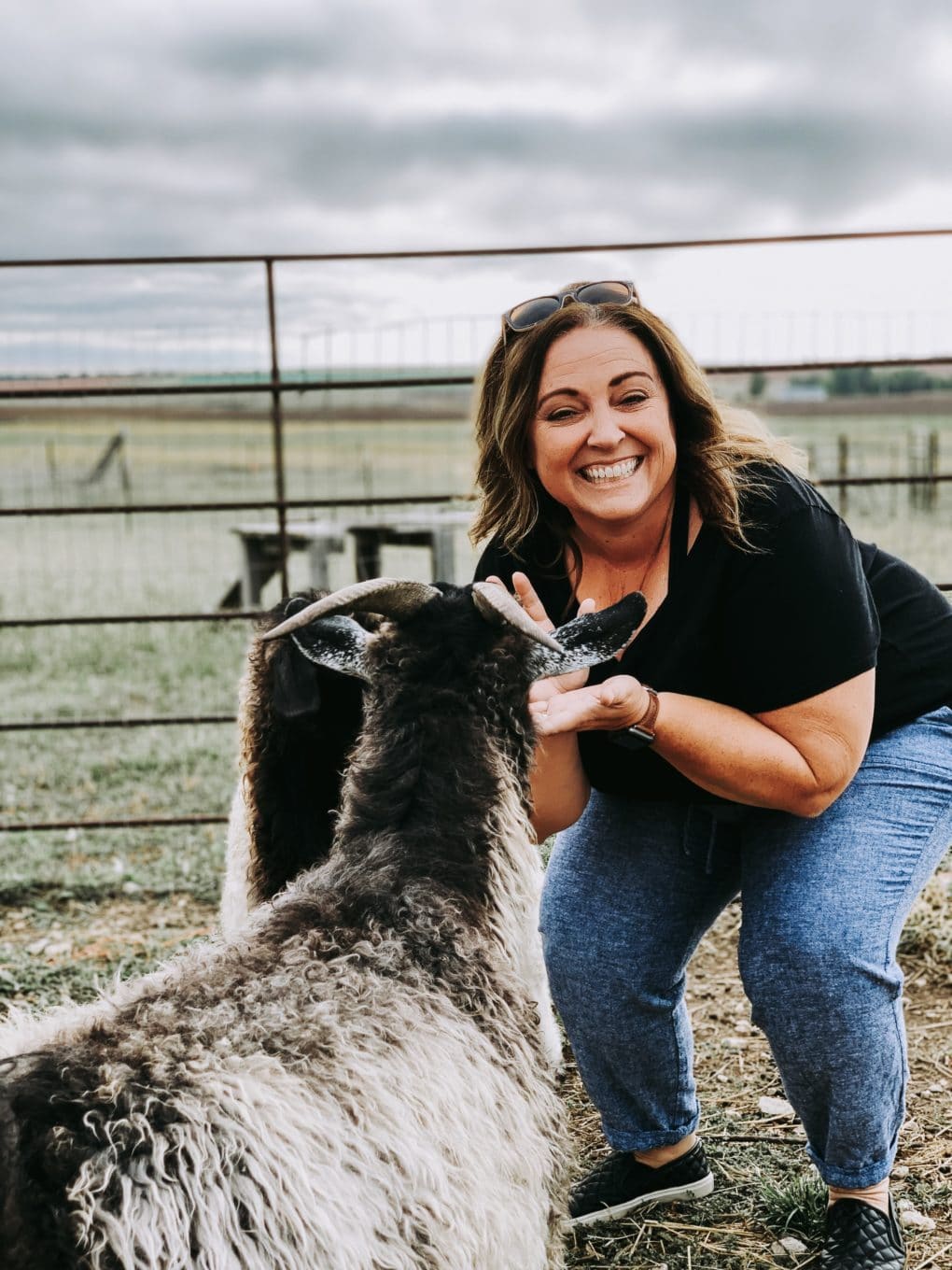
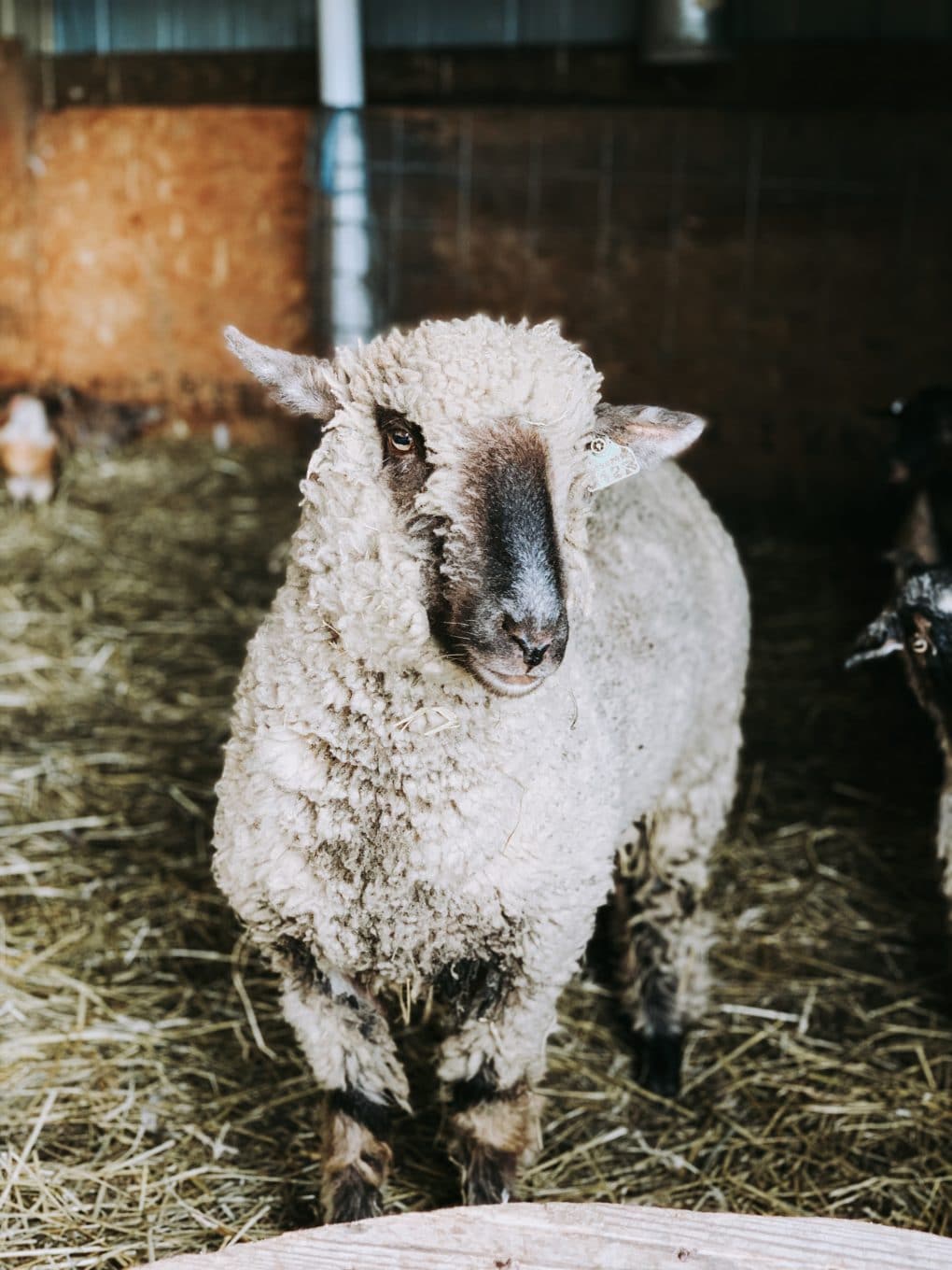
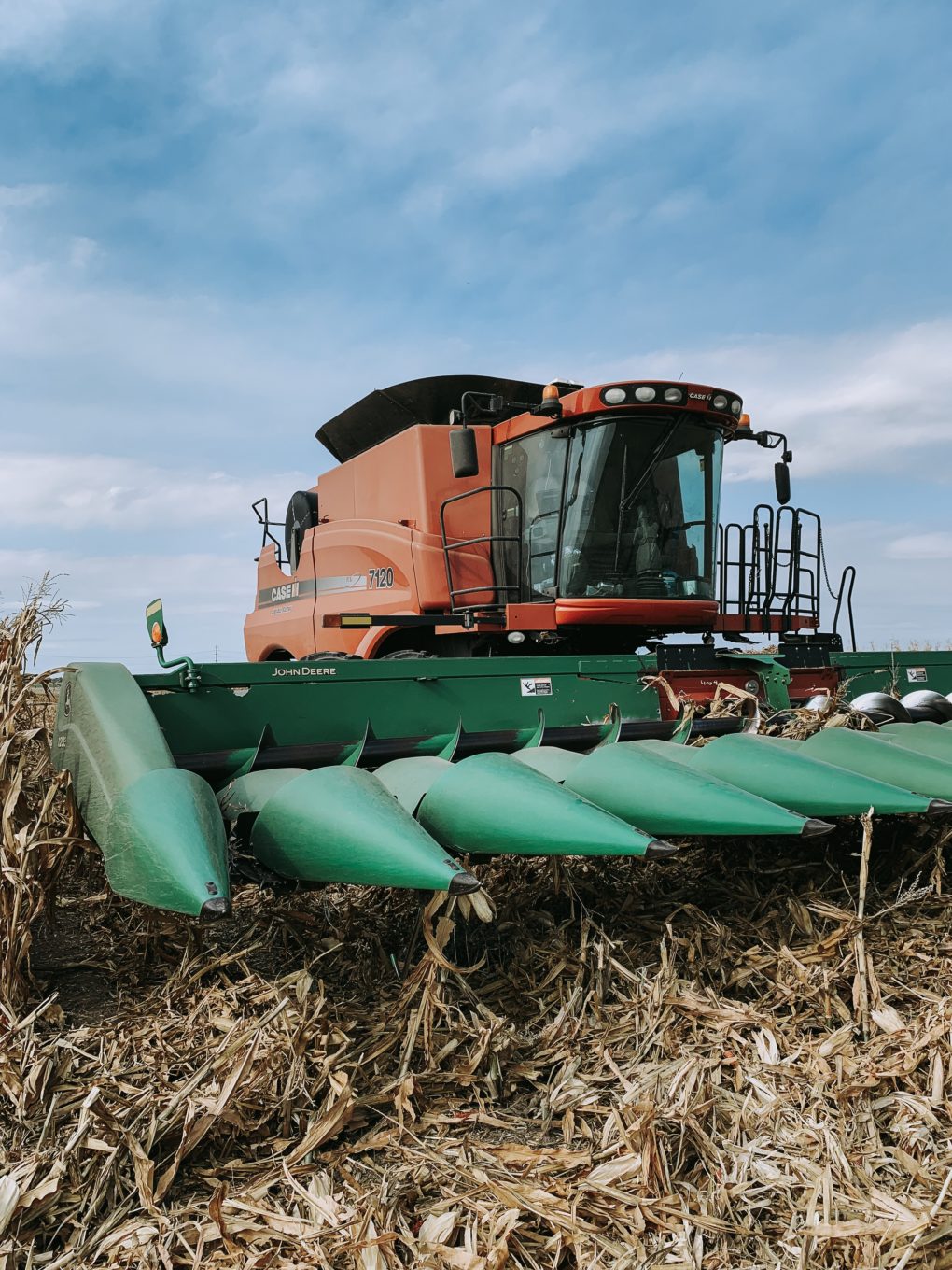
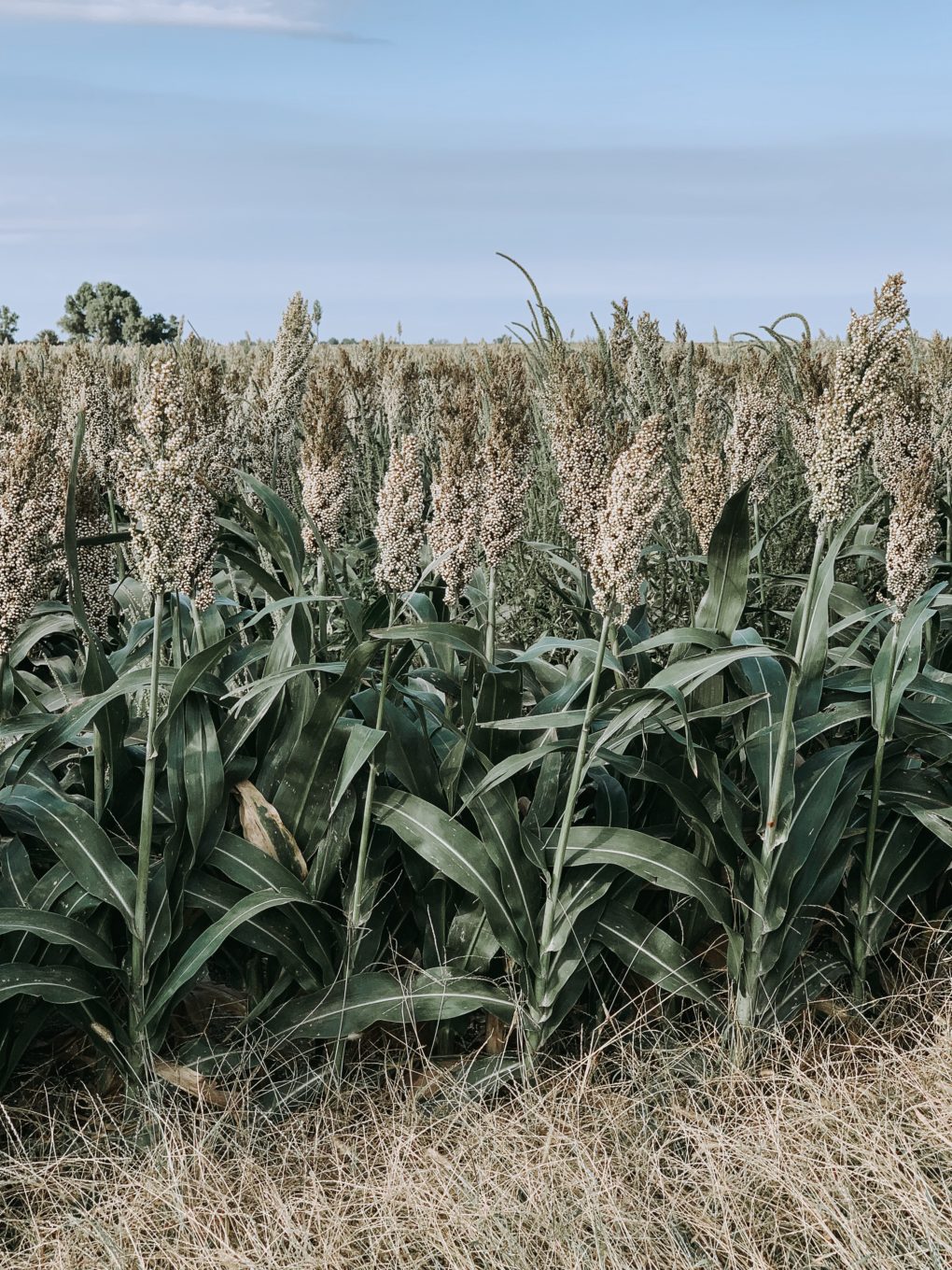
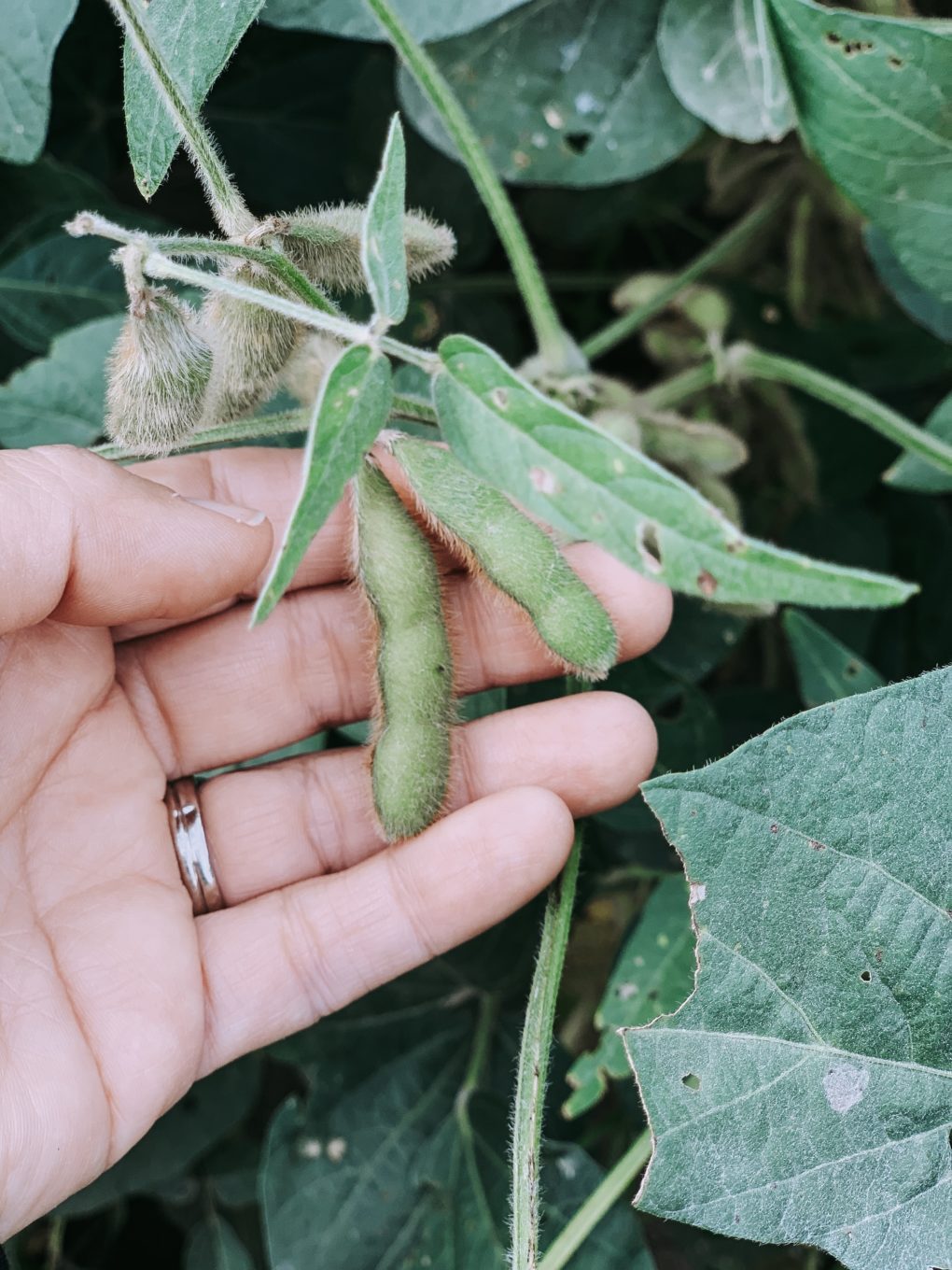
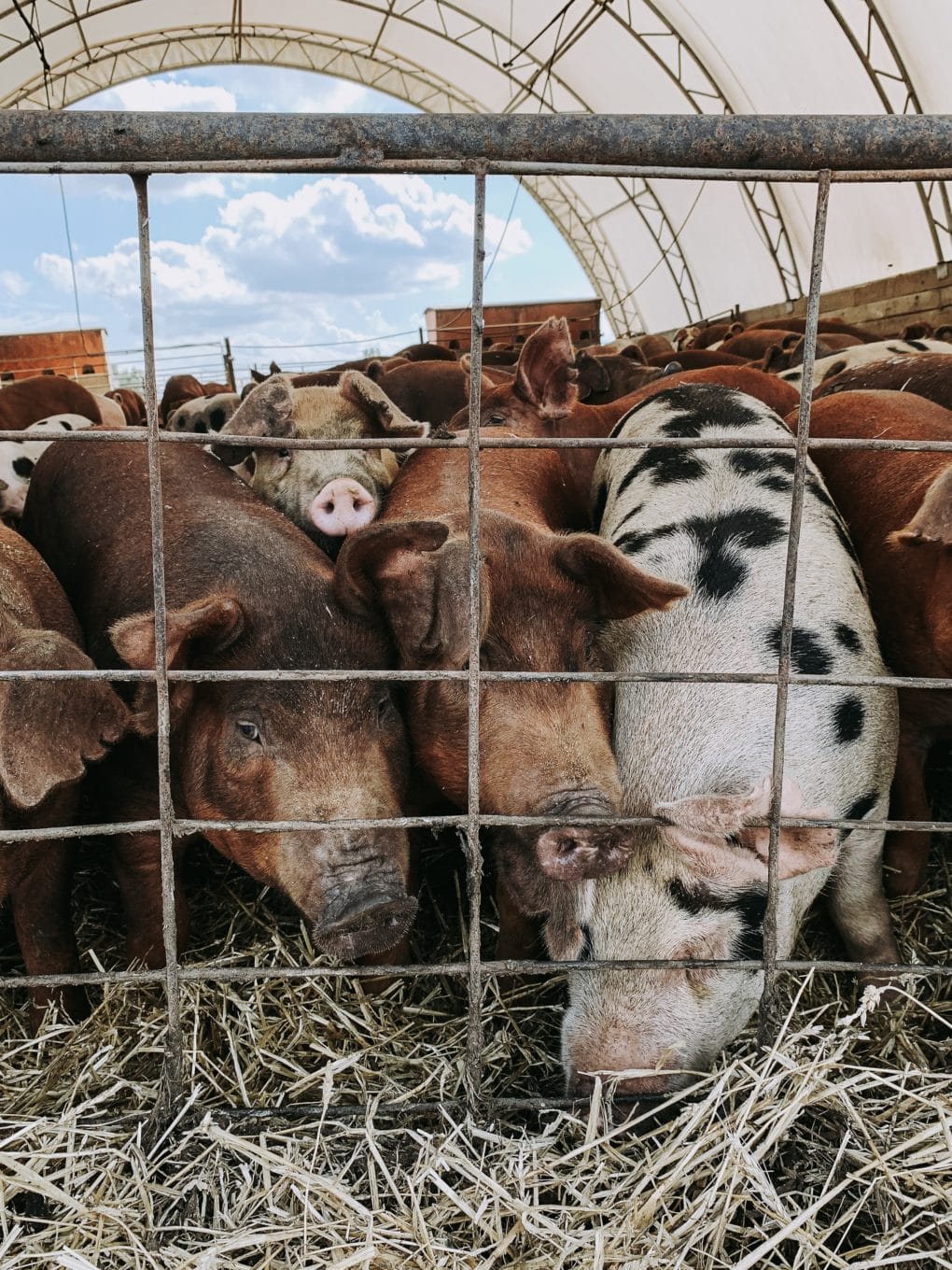
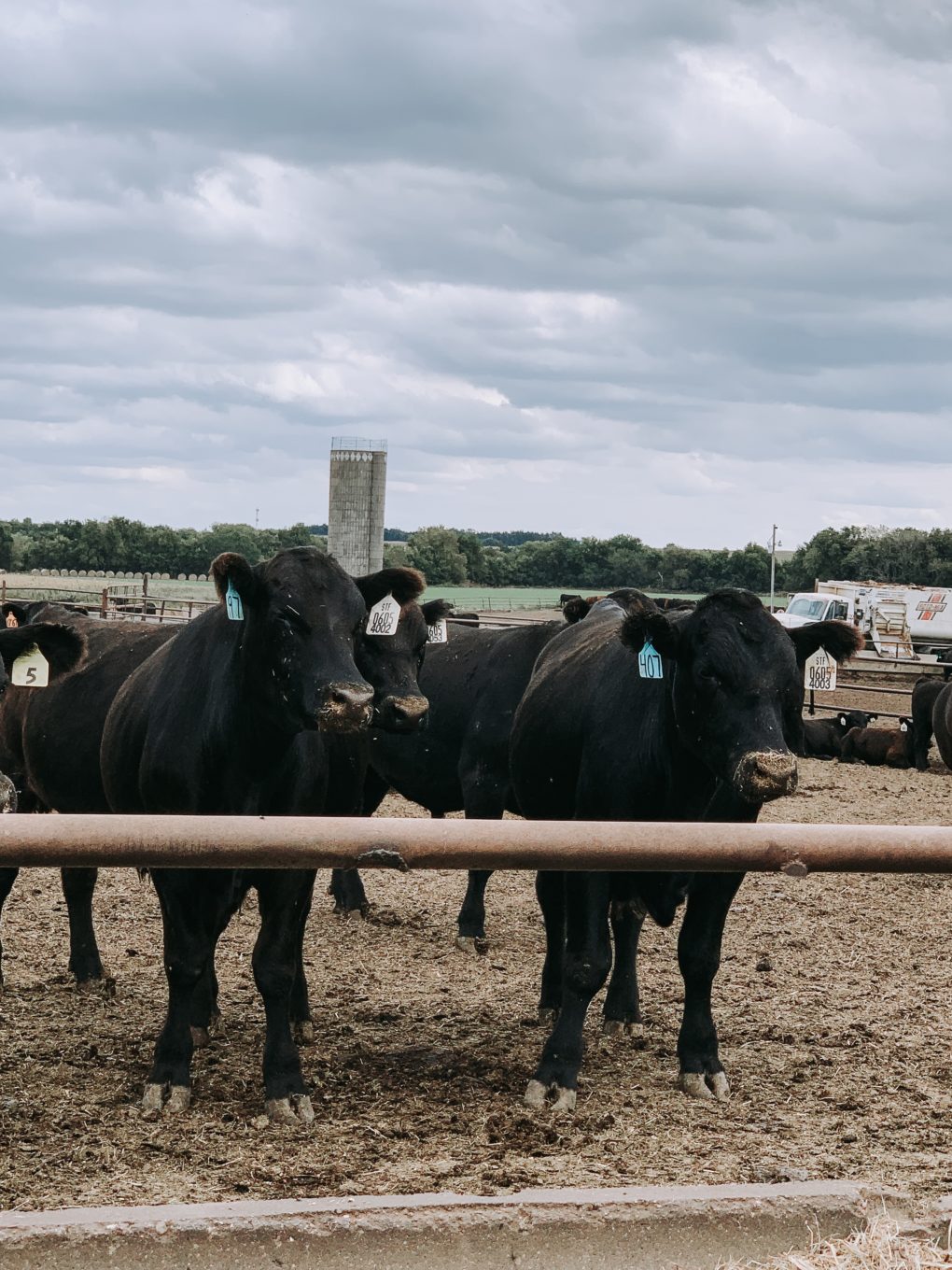
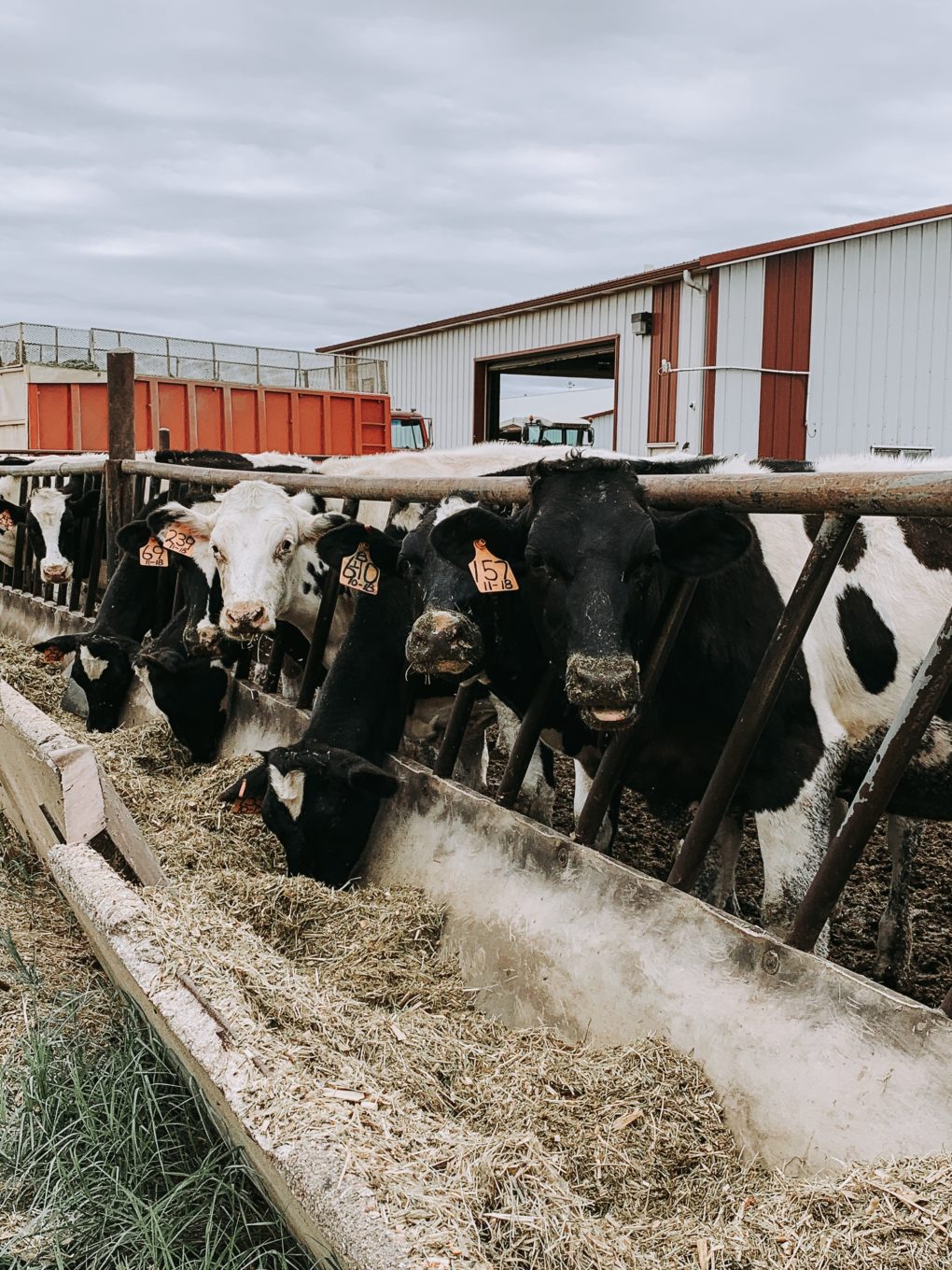
Leave a Reply